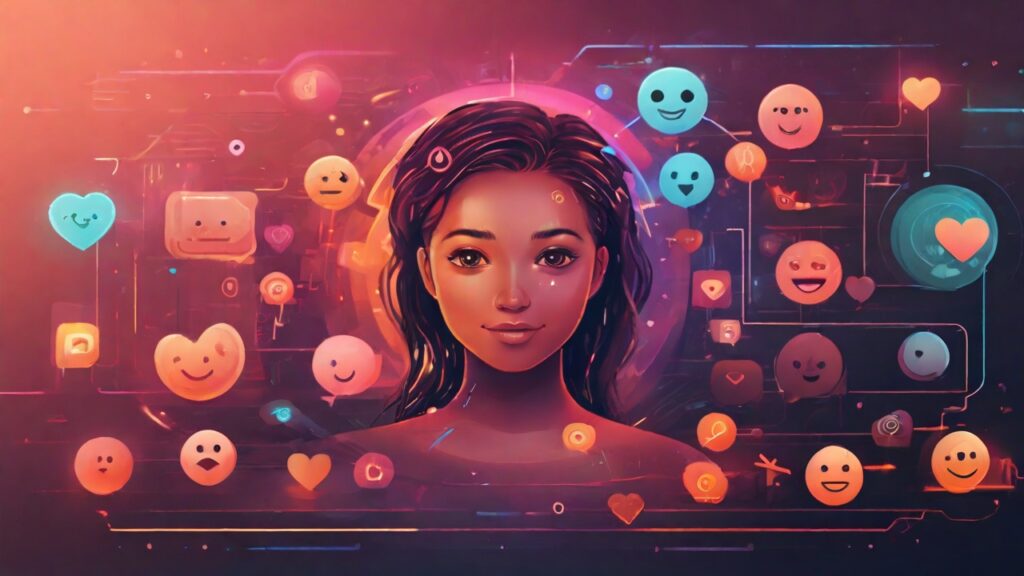
In the realm of User Experience (UX), where intrigue often pivots on the edge of a scalpel-thin line between “innovative” and “intolerably boring,” the rise of Emotional AI has sparked an effervescent debate. Now, before you ask, “What on earth is Emotional AI in UX?”, allow me a moment to unravel this enigma.
Emotional AI, also known as affective computing, is a technology that can identify, interpret, process, and simulate human emotions. Translating this into UX-speak, it’s like having a clairvoyant crystal ball that can tap into the users’ emotional states. Sounds creepy? Rest assured, it’s shrouded in a lot of regulations, because, well, privacy matters.
The advent of Emotional AI in UX has redefined the boundaries of personalization. The aim here is to turn UX into an empathetic entity, capable of gaiving an ear to the user’s emotions, and then, like a well-trained butler, adapting accordingly. Imagine, a digital interface that laughs with you, cries with you, and doesn’t just blandly state, “Page not found” when you’re already having a rotten day.
So, why the sudden interest in Emotional AI in UX? Simple – it’s the perennial quest for a better user experience. The understanding and integration of Emotional AI into UX is an attempt to cross the chasm between the digital and human world. It’s not just about creating interfaces that know what you want, but also about understanding how you feel.
Now, the question that pops into everyone’s mind: Can AI really understand emotions? Well, true AI cannot (not yet, at least), but its algorithms can be trained to recognize patterns in facial expressions, text inputs, voice modulations, etc. It’s not exactly a heart-to-heart, but more like a well-scripted play where AI knows when to laugh and when to hand over a tissue.
The crux of the matter lies in how effectively Emotional AI integrates with UX. This is not just about slapping on a shiny new tech onto an interface and calling it innovative. It’s about weaving it into the fabric of the UX design, keeping user-centricity at its core. It’s a delicate dance, one misstep and you’re into creepy territory; too subtle and it’s ineffective.
The integration of Emotional AI in UX can revolutionize the way we interact with digital interfaces. Empathetic UX can lead to increased user engagement, better brand perception, and enhanced customer satisfaction. But tread carefully, as there’s a fine line between personalization and intrusion.
The rise of Emotional AI in UX is not just another trend that will fade away with the changing tides. It’s a significant leap towards bridging the gap between man and machine. But as with all leaps and bounds, it needs to be taken with caution, consideration, and a whole lot of user testing.
So, here’s to Emotional AI in UX – the fascinating, slightly unnerving, yet undeniably promising frontier of user experience. But let’s not forget, at the end of the day, it’s all about creating a UX that understands, empathizes, and enriches. And if that means having a digital interface that can detect my Monday blues and go easy on me, well, I’m all in. Just remember to knock first, AI.


